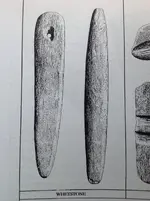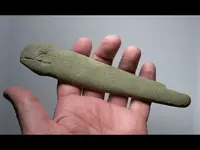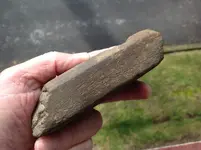paleomaxx
Hero Member
- Joined
- Aug 14, 2016
- Messages
- 841
- Reaction score
- 6,888
- Golden Thread
- 6
- Location
- Upstate, NY
- 🥇 Banner finds
- 6
- Detector(s) used
- Deus XP
- Primary Interest:
- All Treasure Hunting
Every now and then I come across a stone that just doesn't look right for the area. I don't have much experience with artifacts older than the 1700's so I figured I'd run this by the experts!
This piece had weathered out of a hillside and didn't match the local stone (basalt and massive habit white quartz). Also the edges are distinctly beveled and there appear to be work marks on the tapered end too.
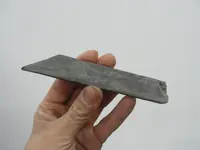
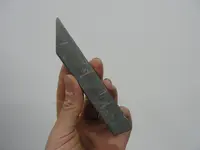
The real question is was someone just messing around or is this a native tool? If so, what was it used for?
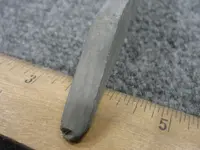
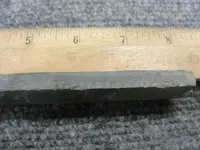
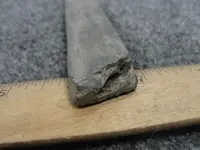
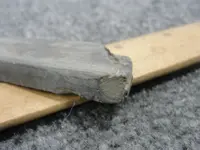
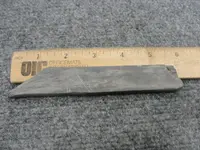
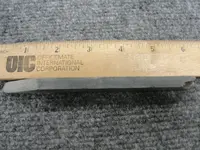
This piece had weathered out of a hillside and didn't match the local stone (basalt and massive habit white quartz). Also the edges are distinctly beveled and there appear to be work marks on the tapered end too.


The real question is was someone just messing around or is this a native tool? If so, what was it used for?






Upvote
0



